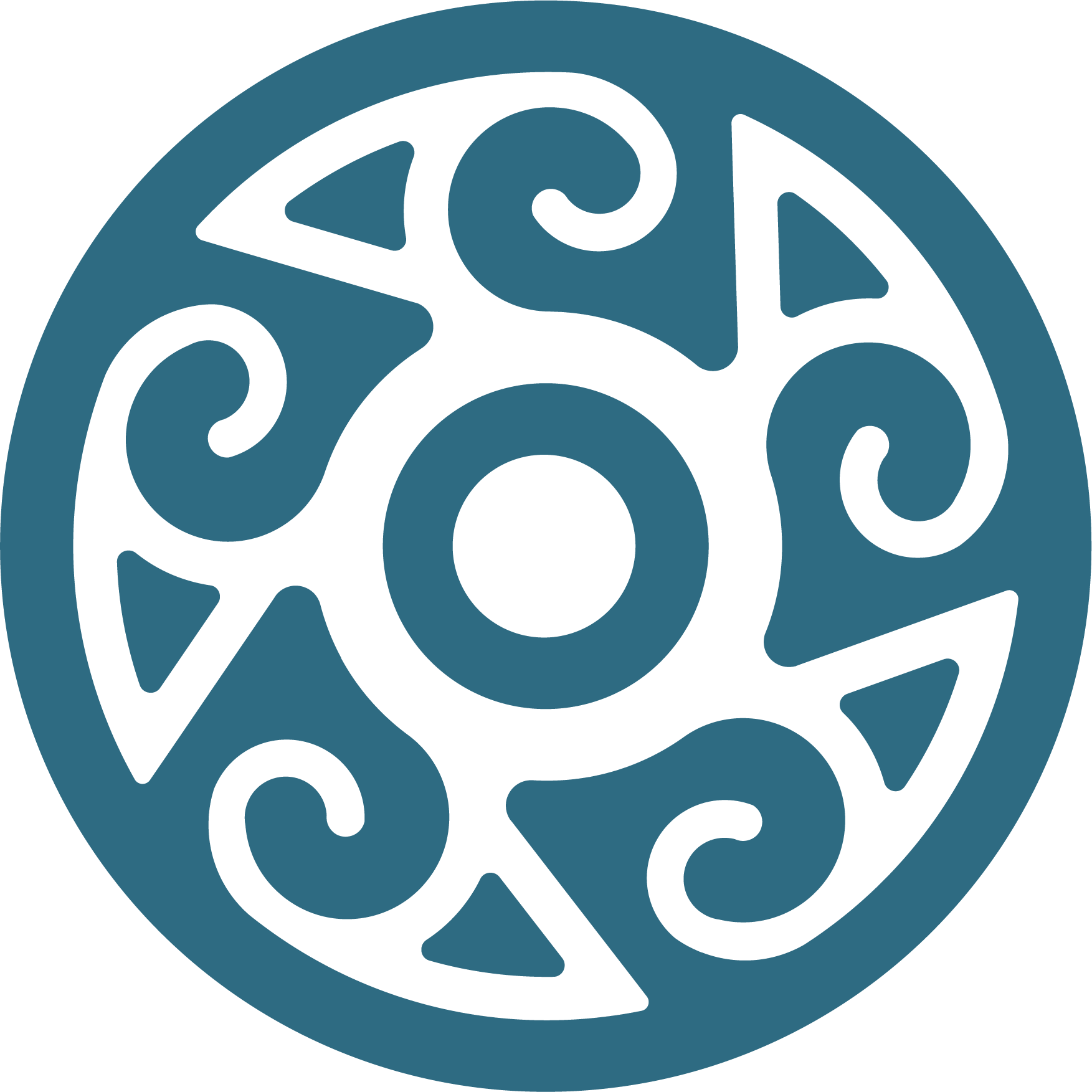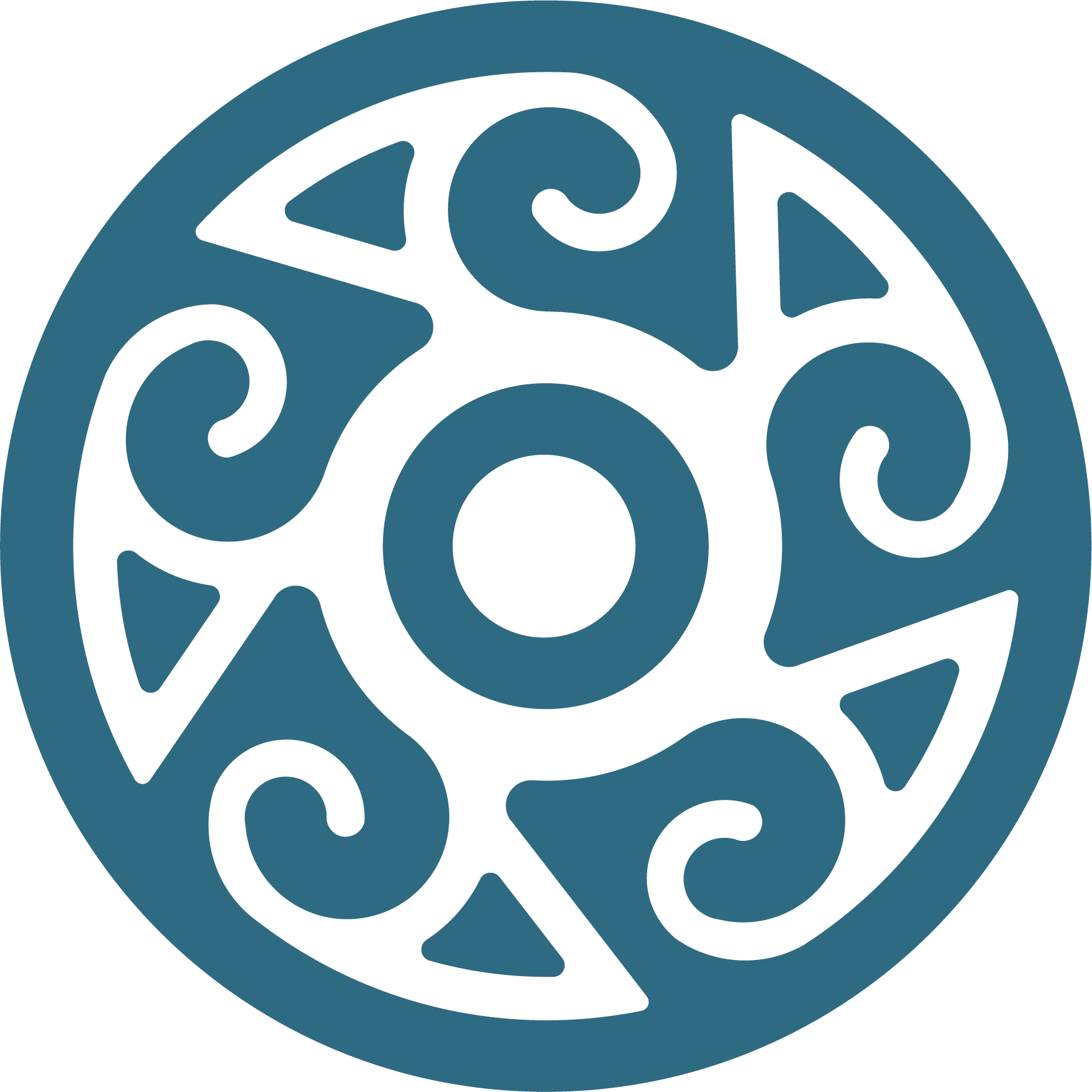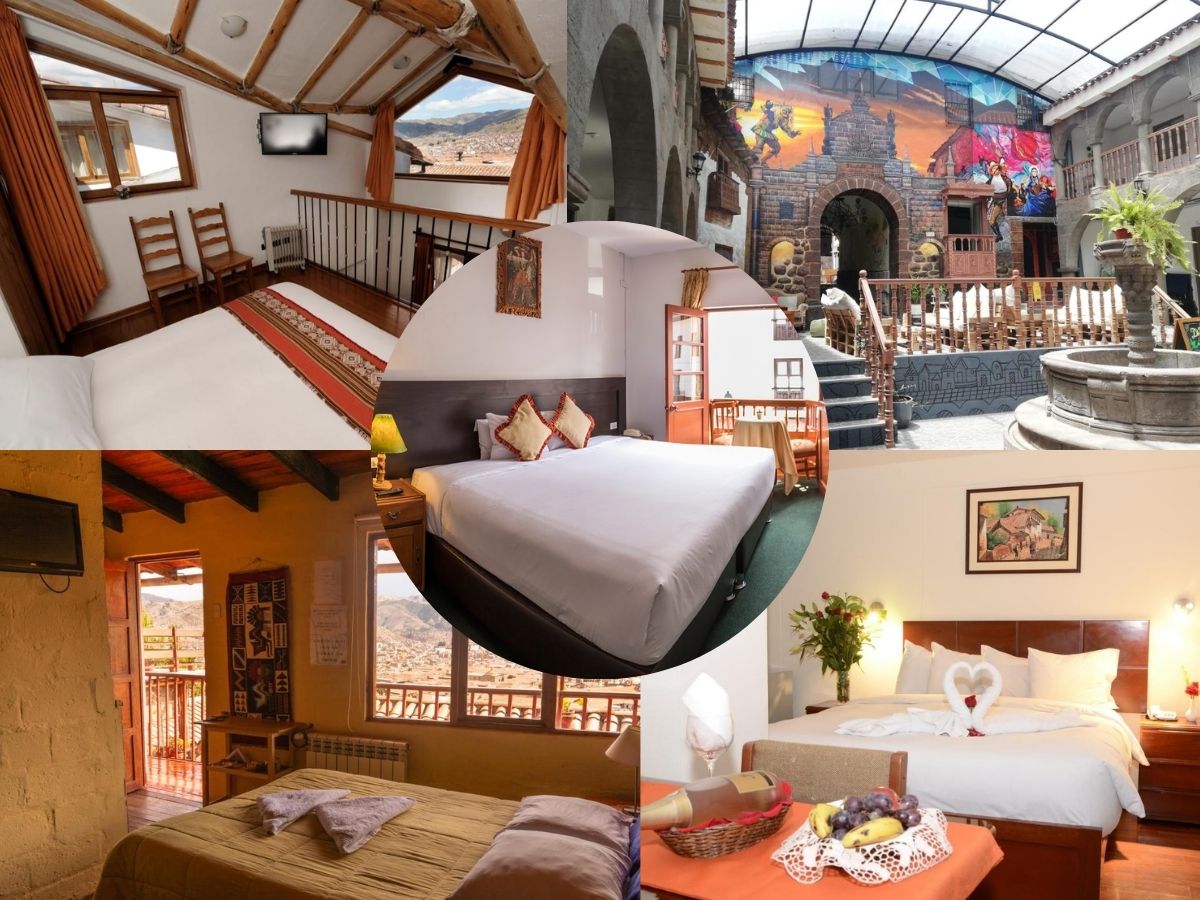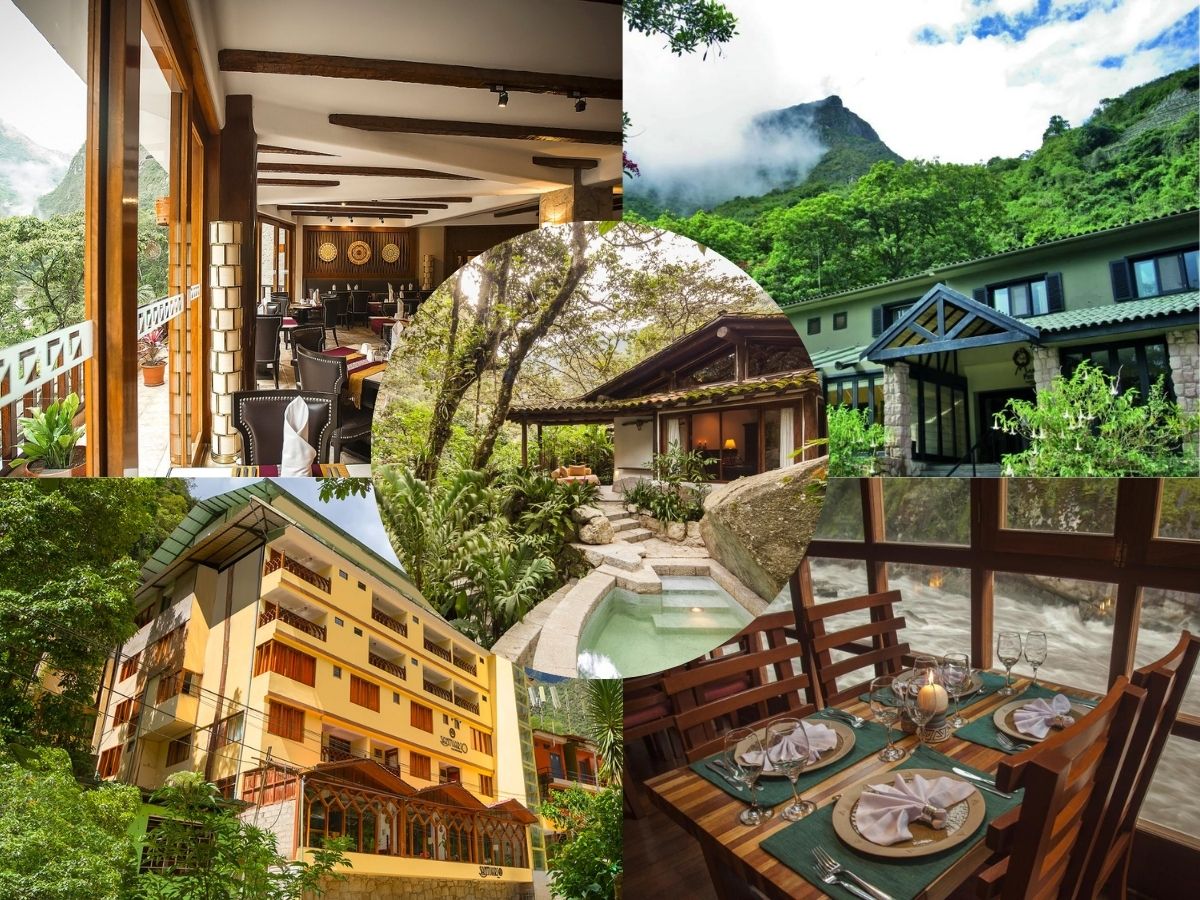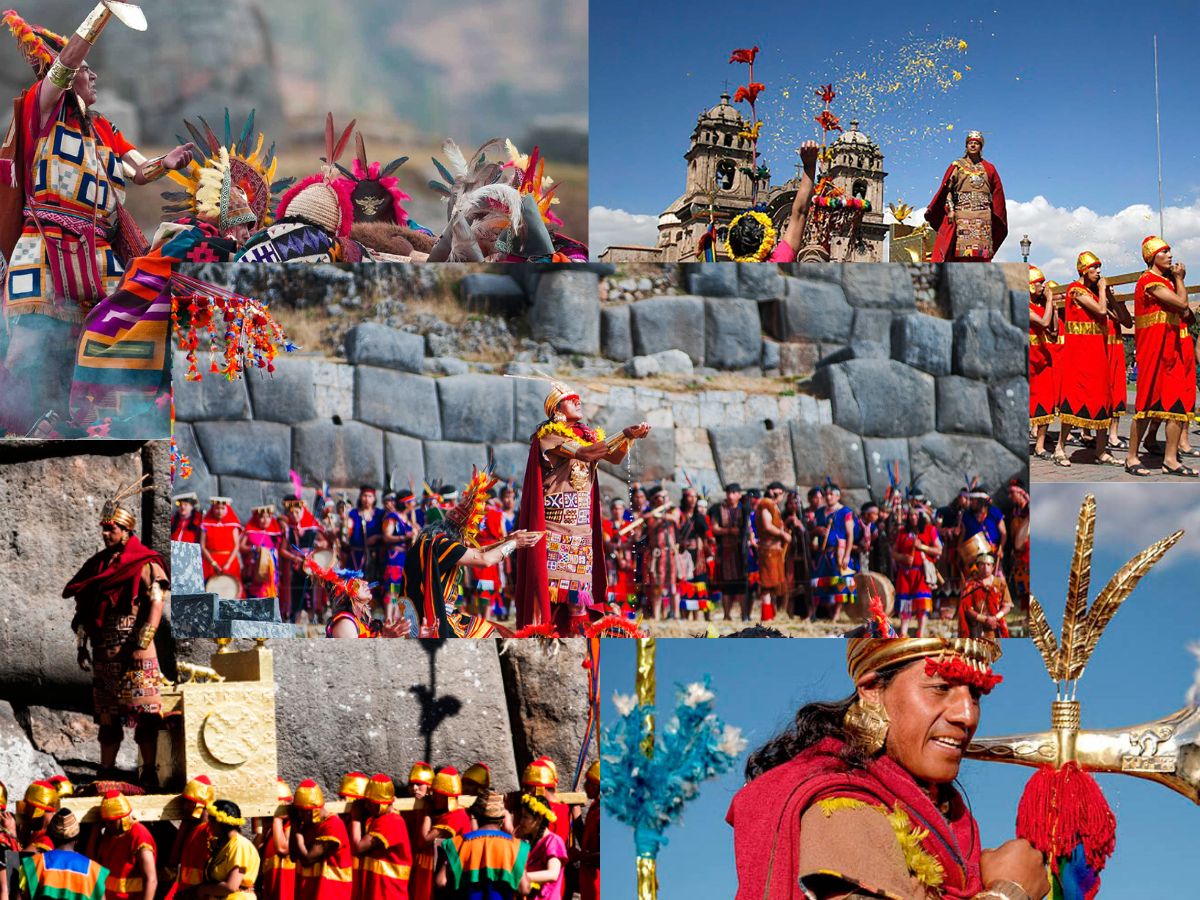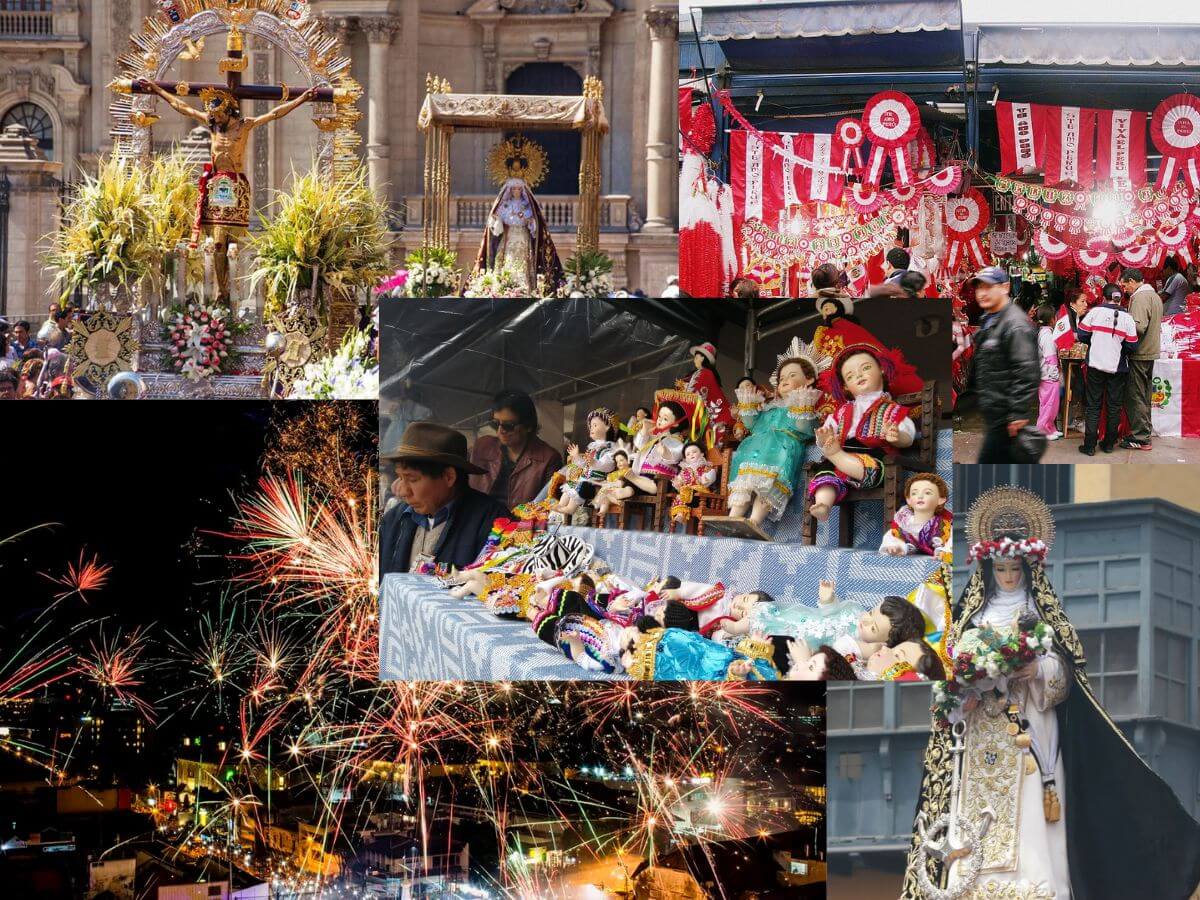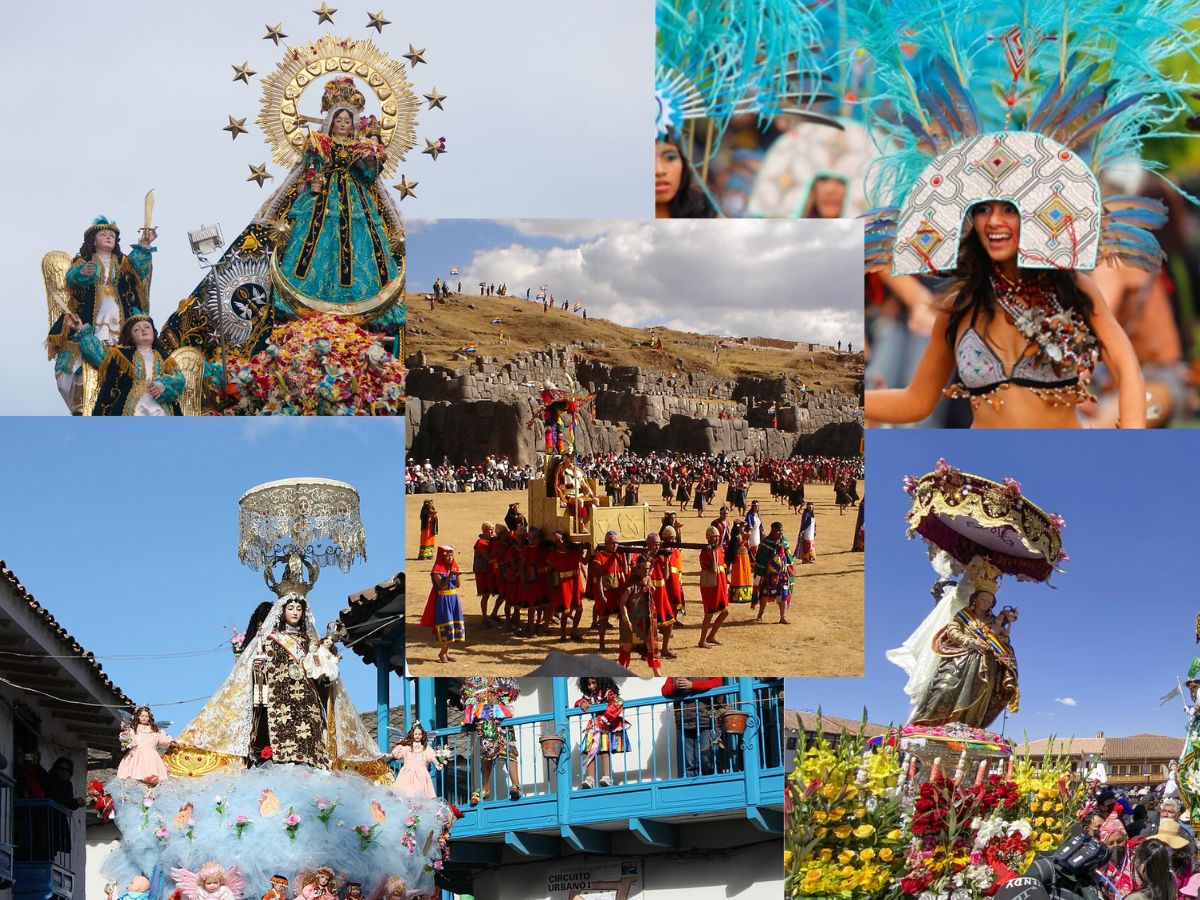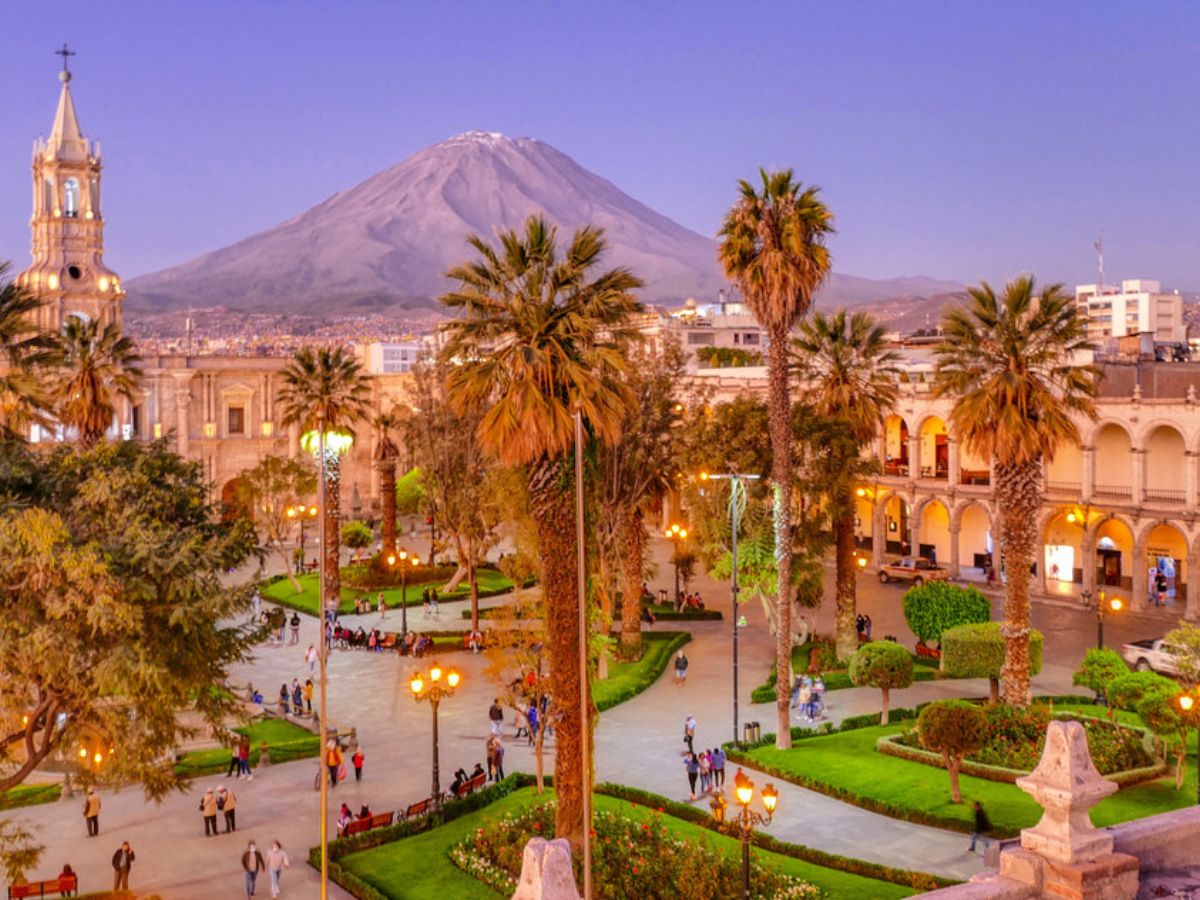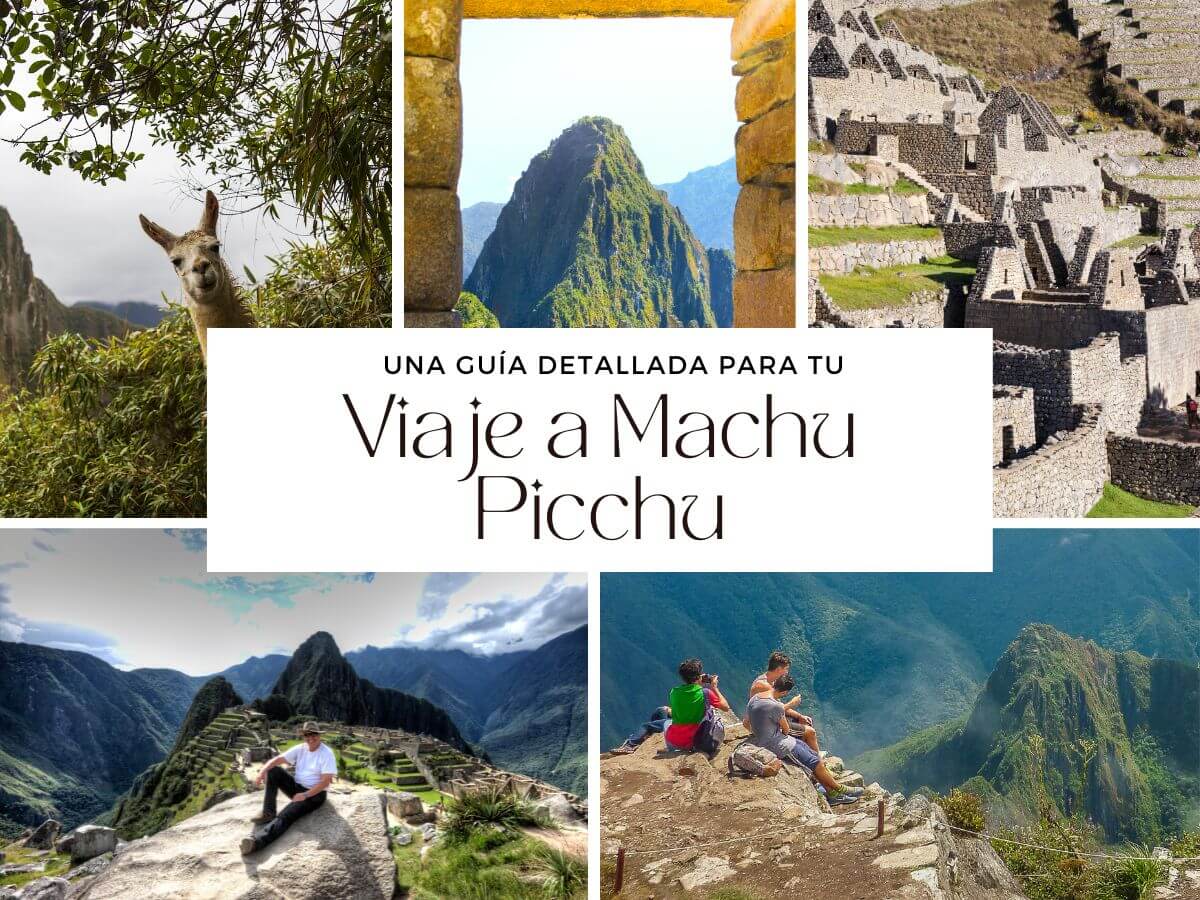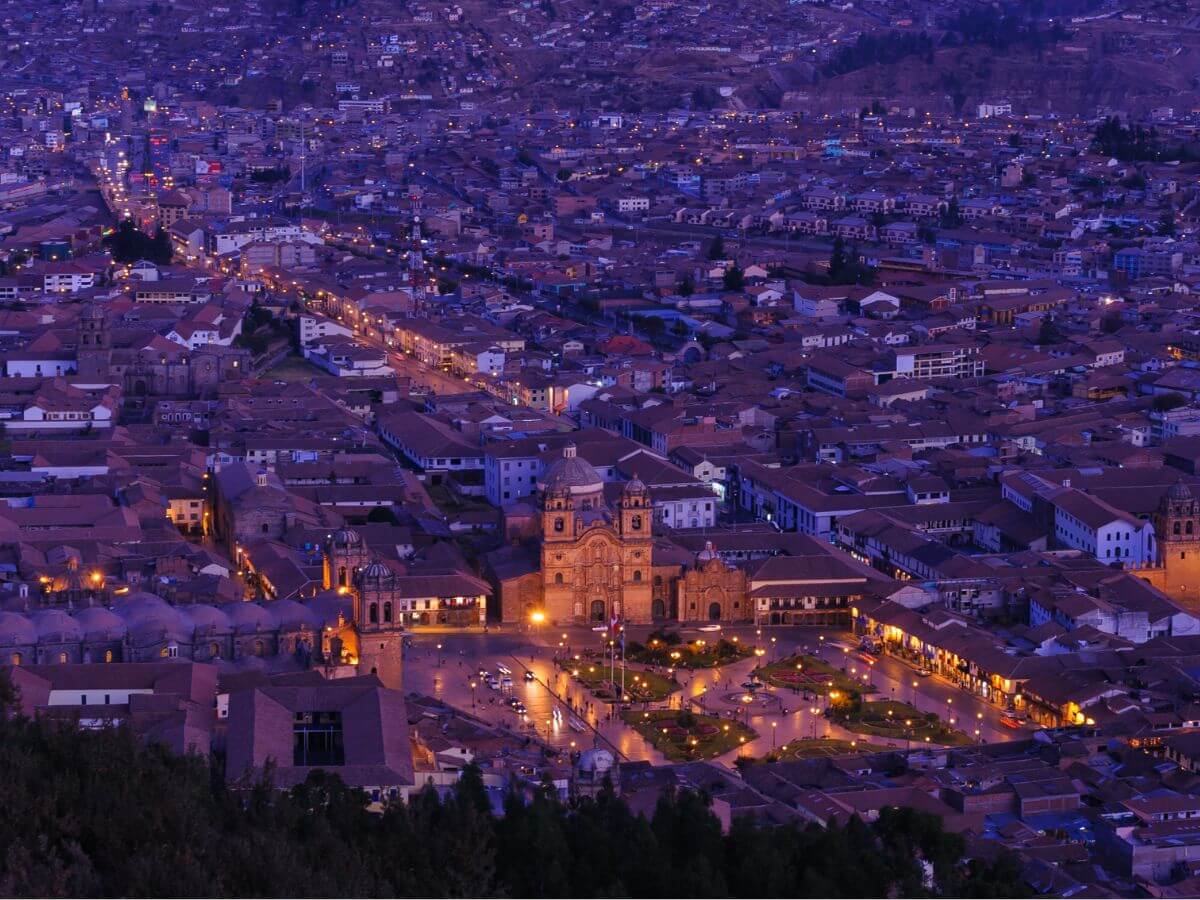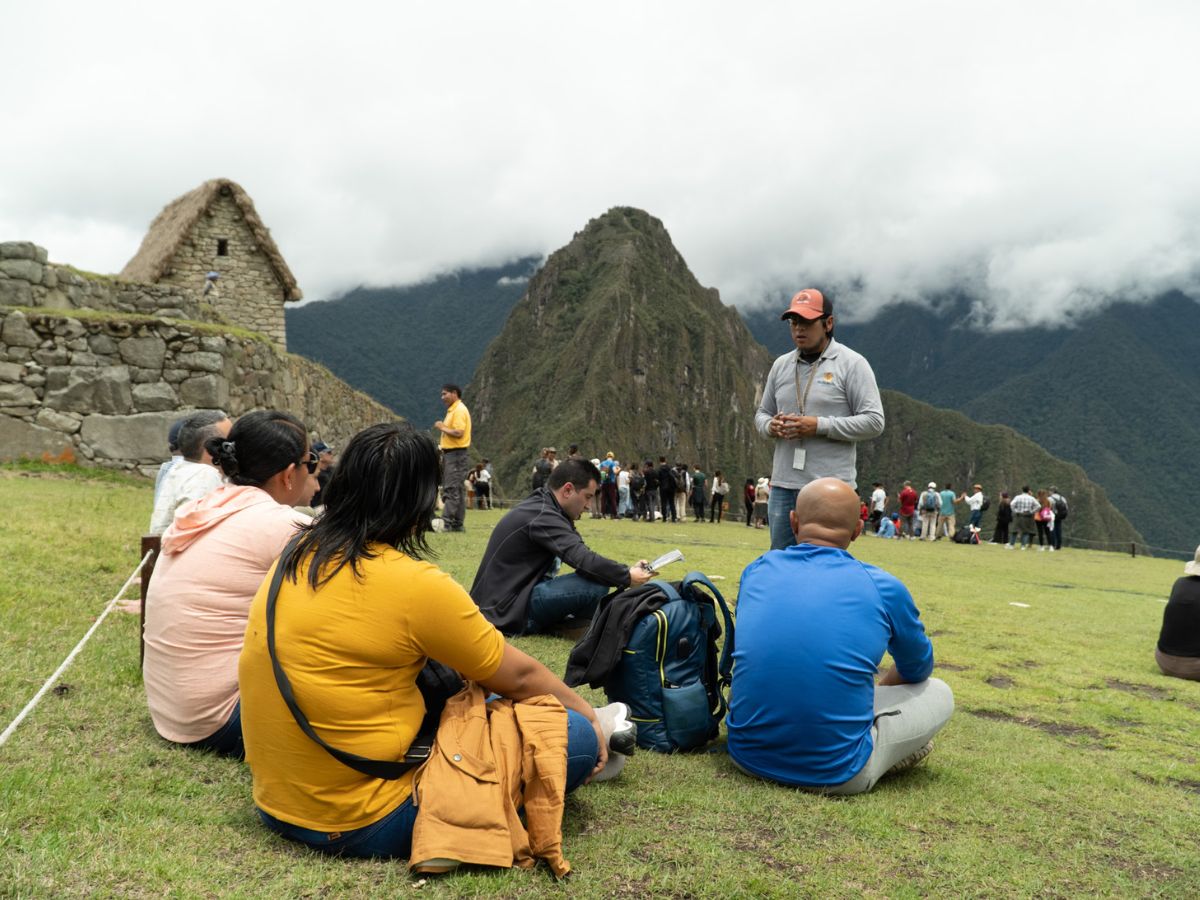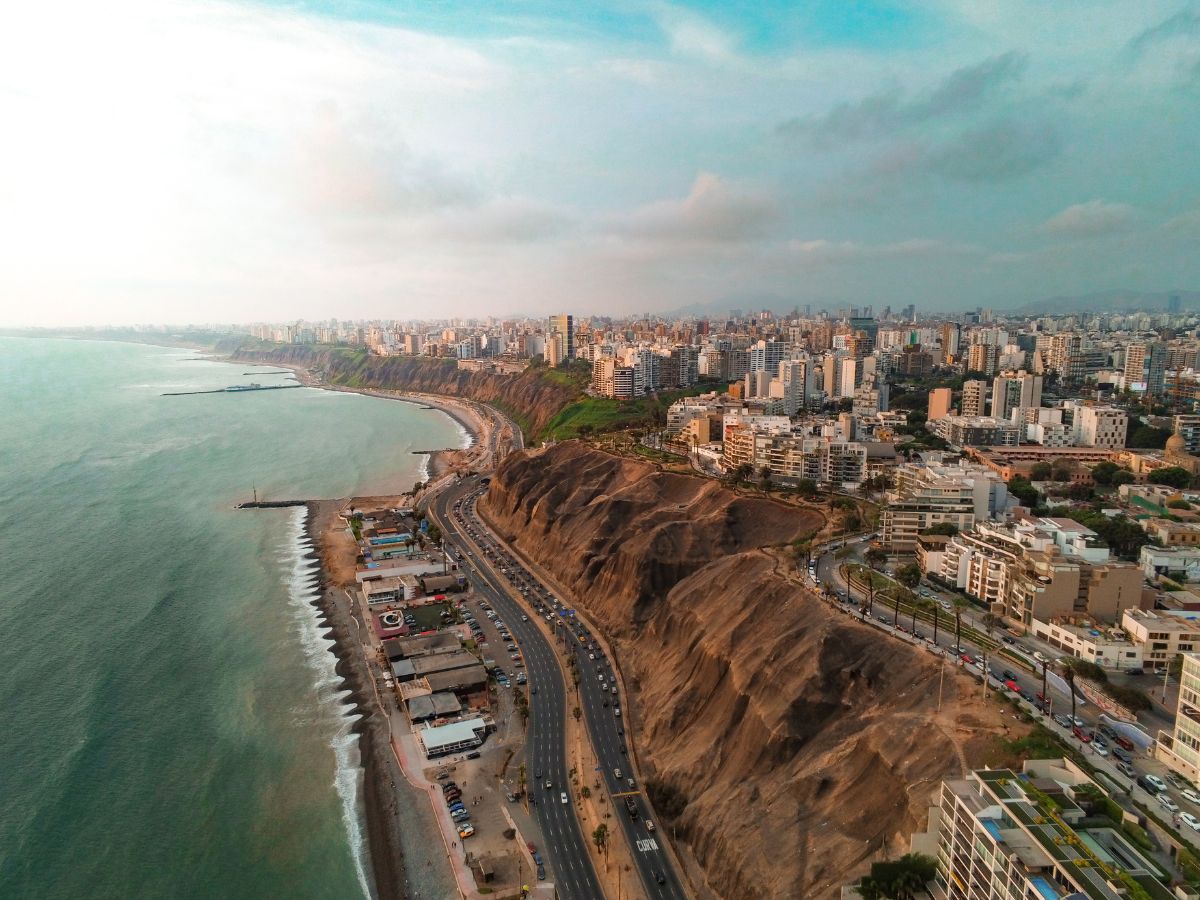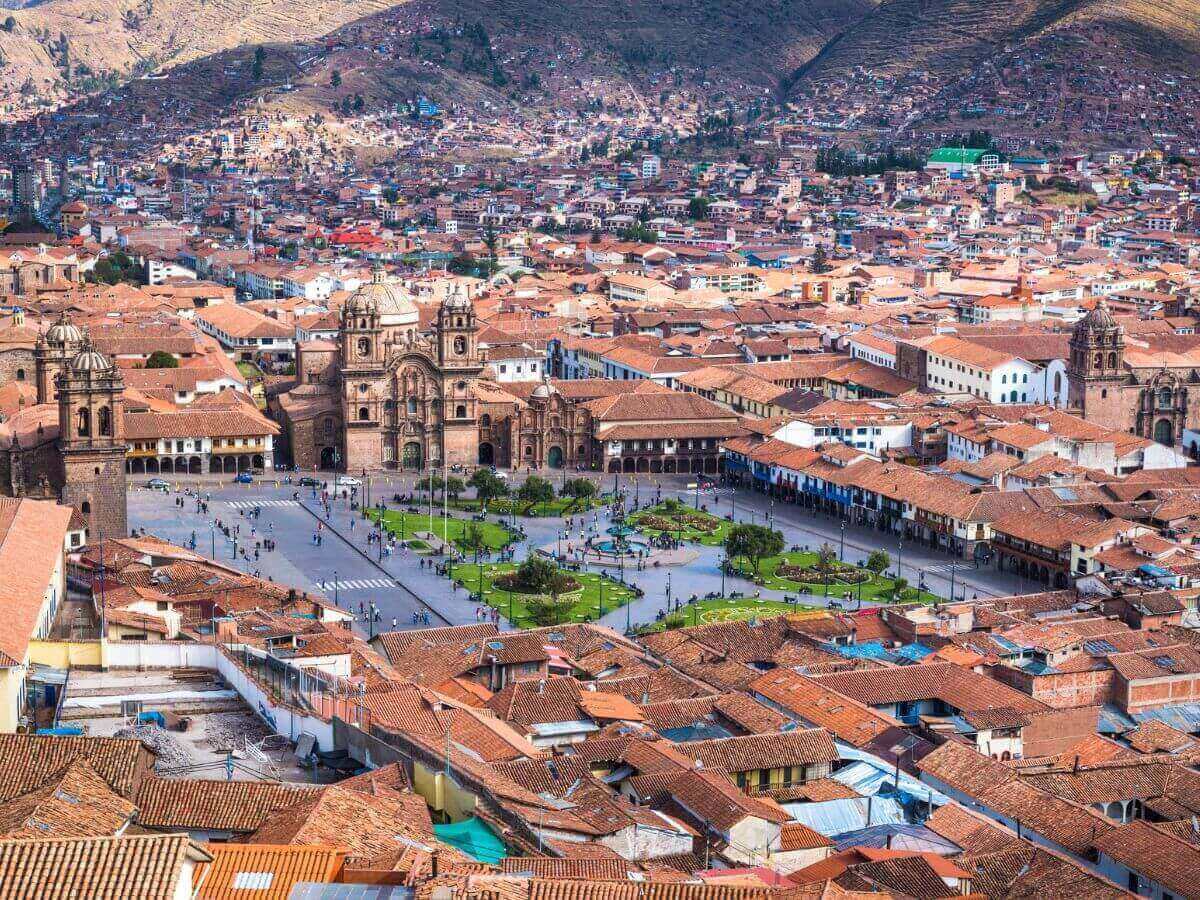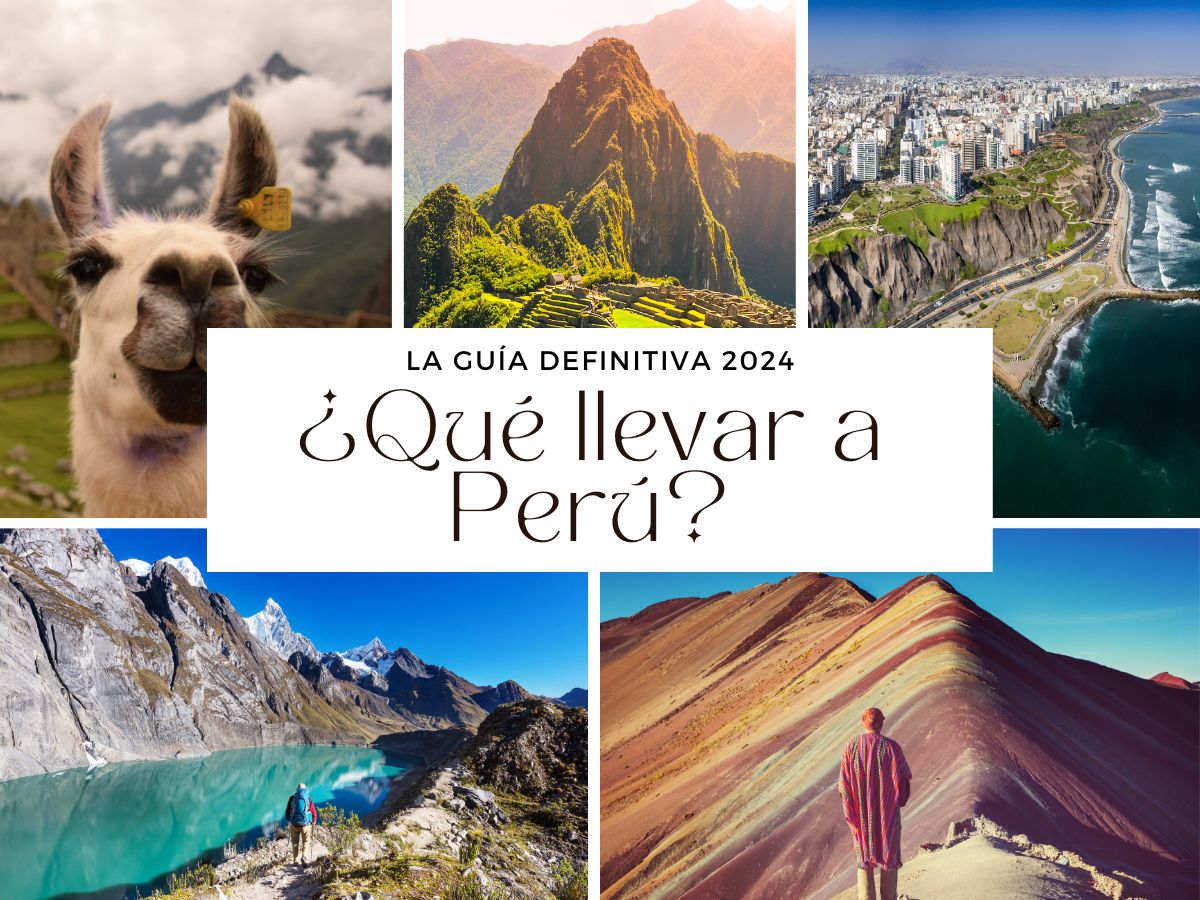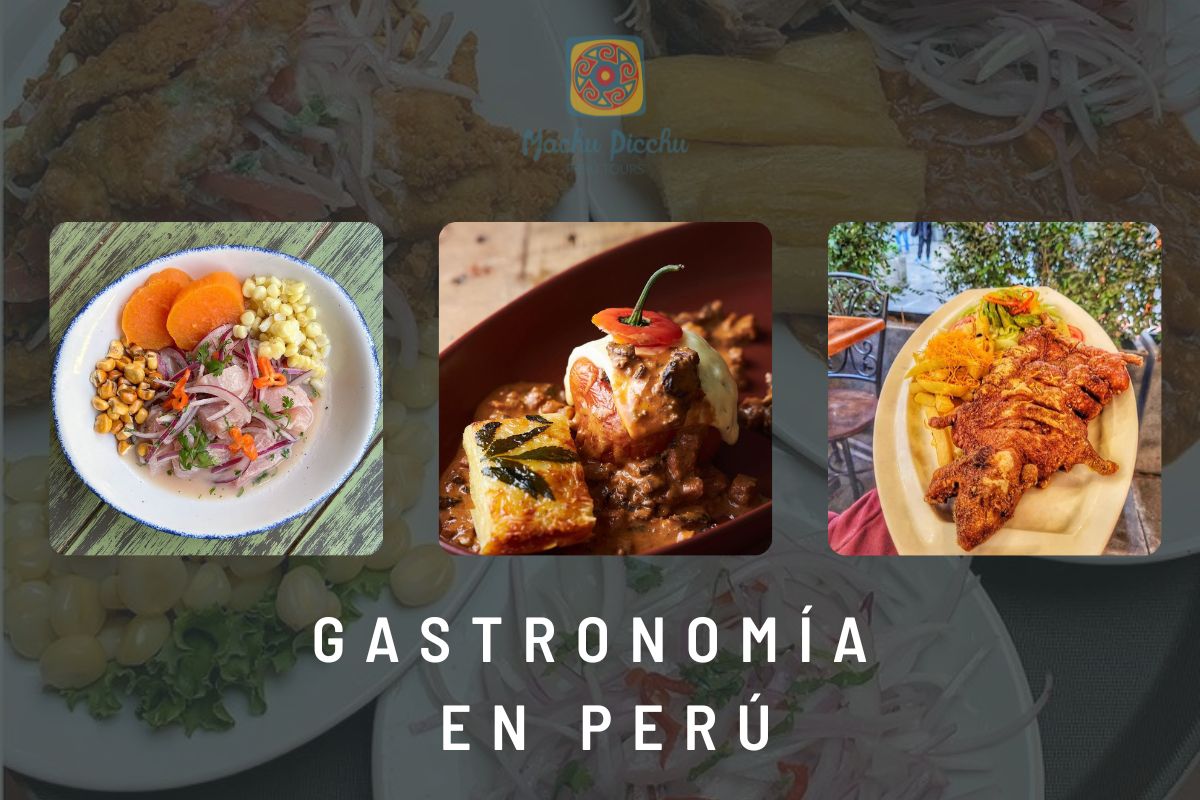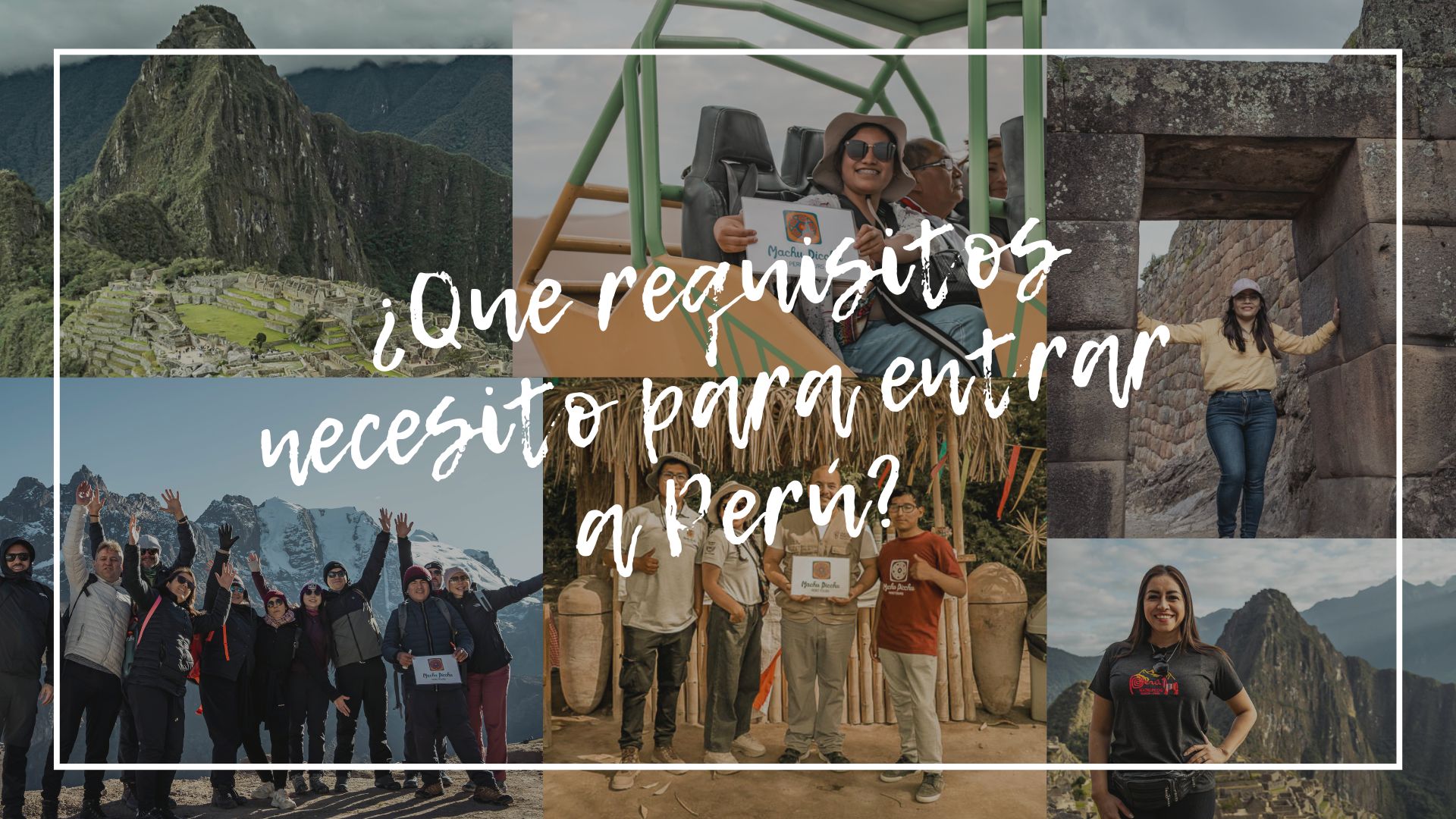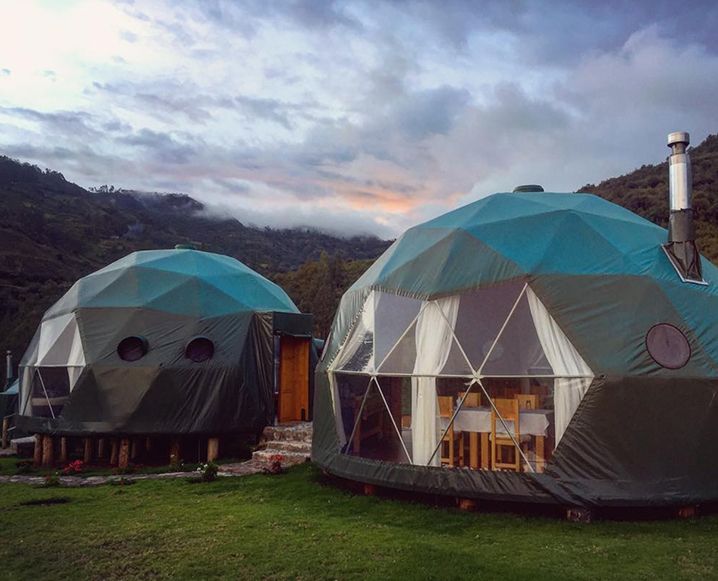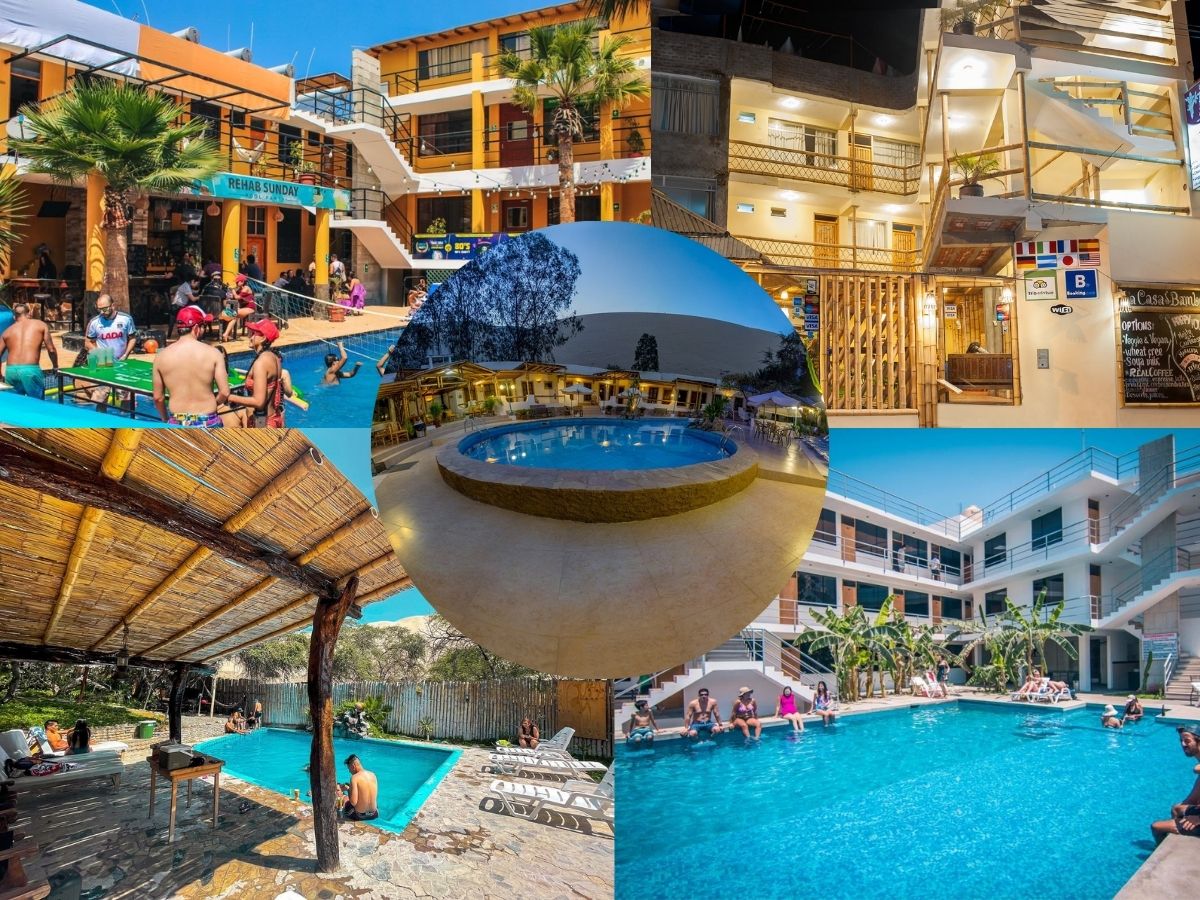Economic Organization of the Incas
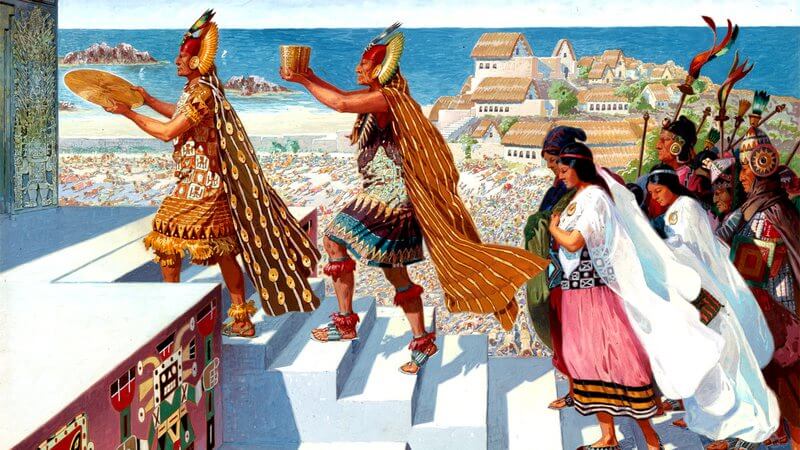
The economic organization of the Incas was statist and was under the supervision of the Inca, the main authority in the Tahuantinsuyo.
What was the economic organization of the Incas like?
The economic achievements of the Incas were the result of an equitable distribution of resources and abundant livestock and agricultural production. The economic organization of the Incas in the Tahuantinsuyo was based on a system of multiple reciprocities.
During the time of the Incas, there were no coins, markets, or trade. Wealth and poverty depended on the labor available to a community and not on the amount of goods accumulated by an individual.
What is the main economic activity of the Incas?
The main base of the Inca economic organization was agriculture. Proof of this was the importance that the Incas gave to the construction of various terraces that can still be seen today. In Cusco, there is a great agricultural laboratory known as Moray; if you arrive to the imperial city of Cusco, you must visit this incredible creation made by the Incas.
On the other hand, the expansion of the Tahuantinsuyo Empire allowed them to have very varied resources; the main crops were corn and potatoes. In the highlands of the Andes, up to 200 species of potato were cultivated and harvested, differentiated by color and size. In the lands corresponding to the high jungle, they also planted coca.
In addition, they used fertilizers made from animal dung and irrigation systems through canals and aqueducts. There were 2 main seasons in the year for agricultural exploitation: the first was the rainy season, between October and May; the second, the dry season, from June to September.
Based on these two seasons, the Incas had a strict sowing and harvesting work design, which made the economic organization of the Incas efficient.
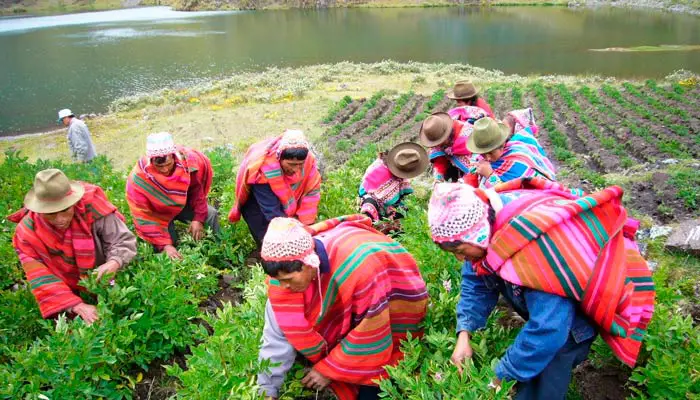
Agriculture is currently considered one of the main activities in Peru.
Cattle Raising
At the time of the Incas, they raised and domesticated llamas, alpacas, vicuñas and guanacos. These animals were beneficial to the Incas. They were used to provide food for the population, to produce clothing, as a means of transportation and cargo.
The Inca used tools such as stones, knives, or tumis (stone and bronze knives) and ropes that they made themselves to catch the vicuñas, camelids that they only hunted to shear their wool and then let them go free. These activities are important for the economic organization of the Incas.

The alpaca was a very useful Andean domestic animal during the Tawantinsuyo period.
The Quipu
It was a complex numbering system that consisted of a main rope and other secondary ropes hanging from it. A series of knots were made, which indicated quantities, while the colors represented certain products or items.
The responsibility of interpreting the quipus fell on the quipucamayoc. This activity was a family tradition, passed down from father to son.
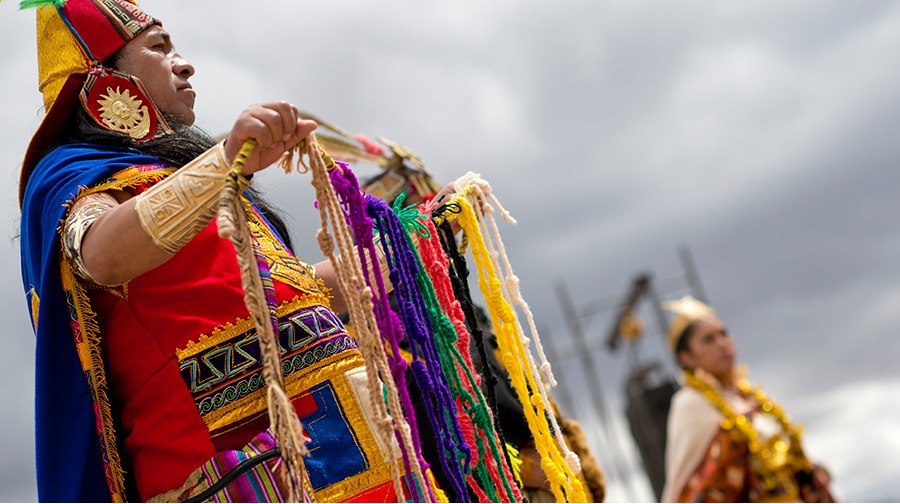
The quipus were a numbering system in Inca times.
The Mita
It was summoned by the Inca to perform certain works, here they worked in the construction of palaces, fortresses, and bridges, among others. It was done in shifts and during a determined period, these works were also part of the economic organization of the Incas.
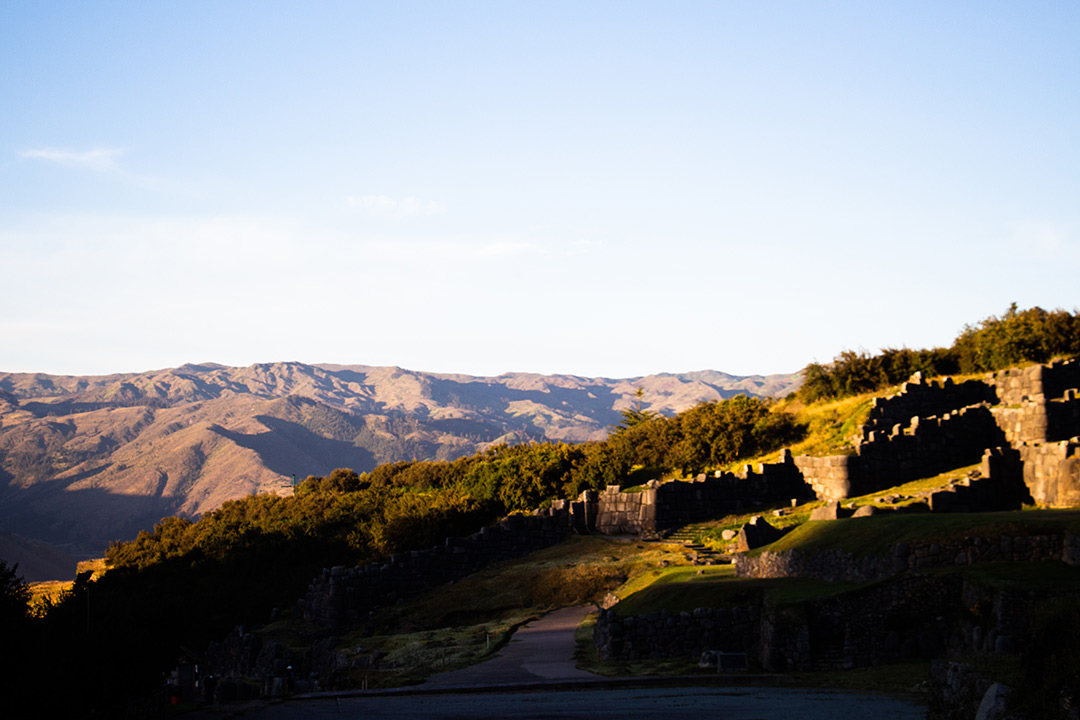
The Archaeological Site of Sacsayhuaman, built by the Inca Mita
The Minca
This work was to satisfy a communal or village need. It was the work for the lands of the sun and the Inca. All the workers of the community participated, forming the economic organization of the Incas.
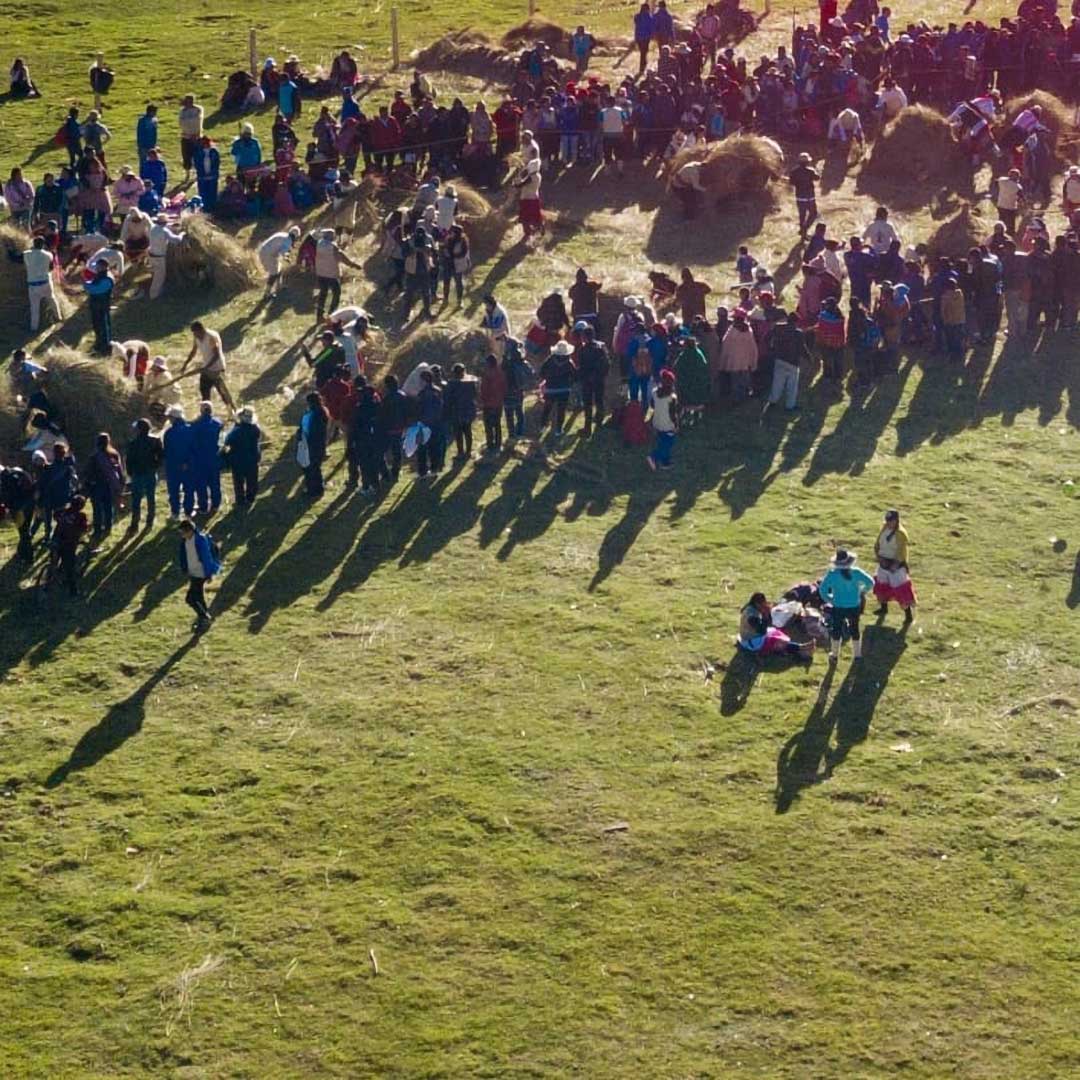
Despite the passage of time, the practice of community work can still be observed in several rural communities in the Andes.
The Ayni
It was known as “mutual aid”. It was work related to the cultivation of the land, the care of livestock, and the roofing of houses. In addition, any person could request this type of service and would later return it with his work. These were also part of the economic organization of the Incas.
The Inca economy had a sustainable development based on reciprocity and redistribution. Reciprocity consisted of giving payment in the form of labor services or goods in exchange for a favor received. The government distributed the goods produced and in return, the inhabitants returned the favor by offering their labor services to the rulers.
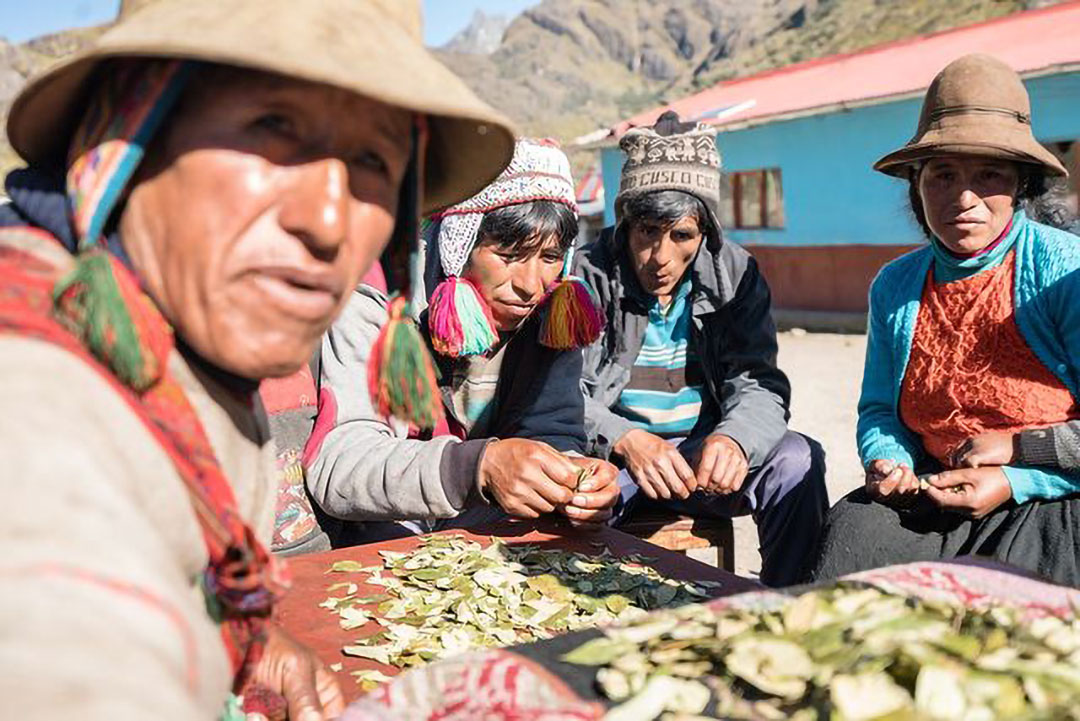
The Q’eros, is an Andean community that still preserves cultural traits from the times of Inca domination.
Explore more tourist destinies and more of Perú in our travel blog and plan your next trip with us!



